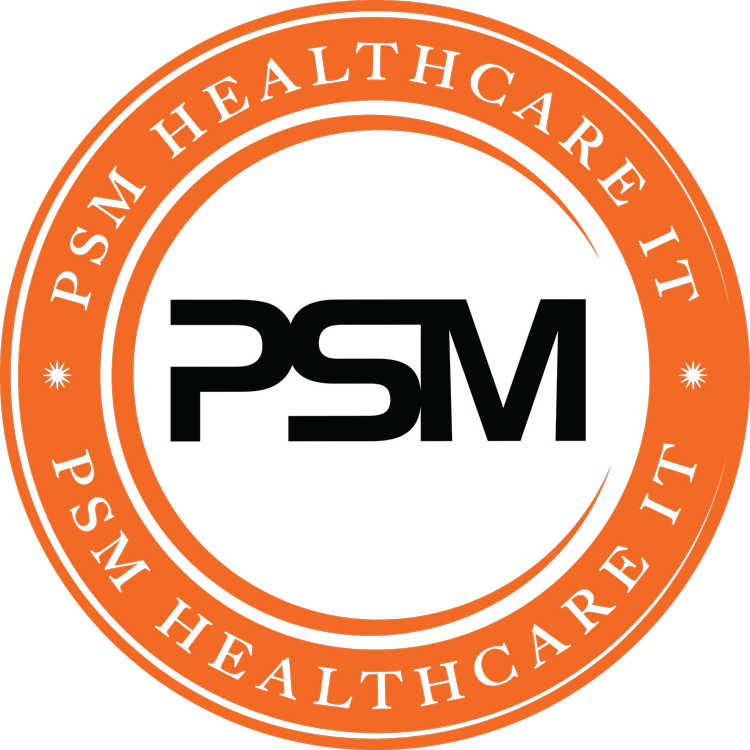Navigating the Radiologist Shortage: Impact on PACS Upgrades
By: Kashyap Kanani BS, RT(R), ARRT, CIIP, PMP President, CEO

In the fast-evolving field of healthcare technology, Picture Archiving and Communication Systems (PACS) are like superheroes that help doctors and specialists view and analyze medical images such as X-rays, MRIs, and CT scans. However, there’s a big challenge in the United States – there aren’t enough radiologists available to keep up with the increasing demand for their expertise. This shortage of radiologists is causing hospitals and medical facilities to carefully consider their options when it comes to upgrading and utilizing PACS systems effectively. Imagine you’re at the doctor’s office getting an X-ray taken because you hurt your arm playing sports. That X-ray image needs to be looked at by a radiologist who is trained to spot any fractures or injuries. But what if there aren’t enough radiologists to go around? This can lead to delays in getting your results, which may affect your treatment plan and recovery time. With the shortage of radiologists in mind, hospitals and healthcare providers are exploring ways to make the most out of their existing PACS systems. Some are investing in artificial intelligence technologies that can help analyze images faster and assist radiologists in their work. Others are looking into telemedicine solutions that allow images to be shared with radiologists remotely, helping to bridge the gap caused by the shortage. In conclusion, while the radiologist shortage poses challenges for upgrading and utilizing PACS systems, it’s also driving innovation in healthcare technology. By finding creative solutions and leveraging new technologies, medical facilities can continue to provide quality care to patients despite the ongoing shortage of radiologists.
Current Landscape of PACS in Healthcare
Picture Archiving and Communication Systems, commonly known as PACS, have truly transformed the field of medical imaging. These systems were first introduced in the late 1980s and early 1990s as a digital alternative to the traditional film-based methods. Imagine having x-ray films stacked up in rooms, taking up space and making it challenging to retrieve specific images when needed. With PACS, all these images are stored digitally, making it much easier for healthcare professionals to access, share, and interpret them. One of the key advantages of PACS is its ability to integrate with Electronic Health Records (EHRs). This means that medical images can be seamlessly linked to a patient’s electronic medical records, providing a comprehensive view of their health history. This integration not only saves time for healthcare providers but also improves the accuracy of diagnosis and treatment decisions. Moreover, PACS have come a long way in terms of image quality. Digital technology has enabled healthcare facilities to capture high-resolution images that offer greater clarity and detail compared to traditional film-based systems. This enhanced image quality is crucial for accurate diagnosis and monitoring of patients’ conditions. Another important aspect of modern PACS is their interoperability with other healthcare IT systems. In today’s digital age, healthcare organizations rely on a variety of software applications to manage patient data, scheduling, billing, and more. PACS that can seamlessly communicate with these other systems help streamline workflows and improve overall efficiency in healthcare settings. In recent years, the demand for PACS has increased significantly due to the growing volume of medical imaging studies being performed worldwide. However, this surge in demand has also highlighted the shortage of radiologists available to interpret these images. As a result, healthcare facilities are under pressure to upgrade their PACS to incorporate artificial intelligence (AI) algorithms that can assist radiologists in analyzing images more efficiently. In conclusion, PACS have revolutionized medical imaging by digitizing and streamlining the way images are managed and interpreted. With advancements in technology and increasing demand for
Importance of PACS in Modern Healthcare
PACS are super important for making clinical work better and helping patients more: PACS help doctors see medical images fast from anywhere, which helps with diagnosing and planning treatment quickly. Fancy PACS features like 3D images and mixing different types of images help radiologists understand tricky cases better. PACS make storing and finding images easier, which saves time and money for healthcare providers. New PACS tech like AI for analyzing images and spotting patterns should make diagnoses more accurate and work smoother.
Implications of the Radiologist Shortage on PACS Upgrades
The shortage of radiologists in the United States has significant implications for the upgrading and utilization of PACS within healthcare institutions:
1. Workload Management: With fewer radiologists available to interpret a growing volume of medical images, PACS upgrades must prioritize features that enhance workflow efficiency. This includes improved image retrieval speeds, integration with electronic health records (EHRs), and AI-assisted tools for image analysis to help radiologists manage their workload more effectively.
2. Training and Support: Upgraded PACS systems often introduce new features and functionalities that require training for radiologists and support staff. The shortage of radiologists necessitates streamlined training programs and ongoing support to minimize disruptions in clinical operations during the transition to new PACS technologies.
Technological Integration: Integrating PACS with emerging technologies, such as artificial intelligence (AI) and machine learning algorithms, can aid in automating routine tasks like image triage and preliminary analysis. These advancements are crucial in augmenting radiologist capabilities and mitigating the impact of the shortage on diagnostic turnaround times and patient care.
Strategic Approaches to PACS Upgrades
To navigate the radiologist shortage effectively while upgrading PACS systems, healthcare organizations should consider the following strategic approaches:
Investment in Automation and AI Integration
Leveraging AI-powered tools within PACS can optimize image interpretation workflows and prioritize critical cases, allowing radiologists to focus on complex diagnoses and patient care. AI algorithms can assist in pattern recognition, anomaly detection, and predictive analytics, thereby enhancing diagnostic accuracy and efficiency.
Enhanced Interoperability with Healthcare IT Systems
To effectively manage the shortage of radiologists and its impact on PACS upgrades, it is important for the upgraded PACS to smoothly connect with various healthcare IT systems. These systems include EHRs, telemedicine platforms, and hospital information systems (HIS). This connectivity enables teamwork in patient care, remote discussions, and efficient data sharing. It helps in overcoming distance challenges and improving patient results.
User Experience Optimization
Radiologists facing a shortage need user-friendly PACS upgrades. Intuitive interfaces and streamlined workflows are key. Customizable dashboards, automated reporting, and real-time collaboration boost efficiency in PACS systems.
Scalability and Flexibility in Infrastructure
To tackle the radiologist shortage and its impact on PACS upgrades, healthcare facilities must consider scalable infrastructure solutions as they grow and imaging volumes rise. Opting for cloud-based PACS can provide scalability, flexibility, and cost savings. This enables healthcare providers to effectively handle increasing data loads while upholding operational efficiency and safeguarding data.ty.
Continuous Education and Training Programs
To cope with the shortage of radiologists and keep up with the fast-paced changes in PACS technology, healthcare facilities should prioritize investing in thorough training programs. These programs are essential for ensuring that both radiologists and support staff are well-equipped to effectively utilize the advanced features of PACS systems and stay current with technological advancements.
Case Studies and Best Practices
When healthcare facilities upgrade their Picture Archiving and Communication Systems (PACS), they are essentially improving the way medical images are stored and shared digitally. This upgrade is crucial for healthcare providers as it allows for quicker and more efficient access to patient images, leading to faster diagnoses and treatment decisions. With the ongoing shortage of radiologists in the healthcare industry, implementing effective PACS upgrades becomes even more important. Radiologists play a vital role in interpreting medical images, and with fewer radiologists available, there is a growing need to streamline processes and make image interpretation more efficient. By investing in PACS upgrades, healthcare facilities can help alleviate some of the burden on radiologists by enabling them to work more effectively and handle larger workloads. Additionally, these upgrades can also improve communication between healthcare professionals by allowing them to easily share and collaborate on patient images remotely. Overall, successful PACS upgrades not only enhance the quality of patient care but also contribute to addressing the challenges posed by the radiologist shortage in the healthcare industry.
Case Study 1: Hospital A Implements AI-Powered PACS
Hospital A leveraged AI algorithms within its PACS to automate routine image analysis tasks and prioritize urgent cases. This implementation reduced radiologist workload by 30% and improved diagnostic turnaround times by 50%, enhancing patient care outcomes.
Case Study 2: Radiology Group Enhances Interoperability
A radiology group integrated its PACS with EHRs and telemedicine platforms, facilitating seamless data exchange and remote consultations. This interoperable approach improved collaboration among healthcare providers and enhanced patient care coordination across multiple facilities.
Best Practices:
Collaborative Stakeholder Engagement: Involving radiologists, IT specialists, administrators, and end-users in the PACS upgrade process ensures comprehensive stakeholder engagement and alignment of technological solutions with clinical workflows.
To ensure patient data protection and maintain trust in PACS systems, it is vital to have strong data security measures in place and comply with regulations like HIPAA. Continuous improvement and optimization of PACS functionalities can be achieved by monitoring diagnostic accuracy rates, workflow efficiency metrics, and user satisfaction surveys as key performance indicators. Advancements in PACS technology and healthcare informatics are set to revolutionize medical imaging and radiology practice in the future.
AI-Powered Decision Support Systems: AI algorithms will continue to evolve, offering enhanced decision support capabilities for radiologists, including automated detection of abnormalities and predictive analytics for treatment outcomes.
Blockchain Technology: Integrating blockchain technology into PACS can enhance data security, facilitate audit trails for medical images, and ensure interoperability across disparate healthcare IT systems.
Virtual Reality (VR) and Augmented Reality (AR): VR and AR applications within PACS may enable immersive visualization of medical images, enhancing diagnostic accuracy and surgical planning in complex cases.
Conclusion:
The radiologist shortage in the US underlines the importance of making wise choices when upgrading PACS systems. Healthcare providers need to invest in technologies that streamline workflow, assist radiologists, and improve diagnostic precision despite limited resources. By utilizing advanced PACS features and embracing new technology, healthcare facilities can tackle the challenges stemming from the lack of radiologists while maintaining high standards of patient care and operational efficiency in medical imaging.





